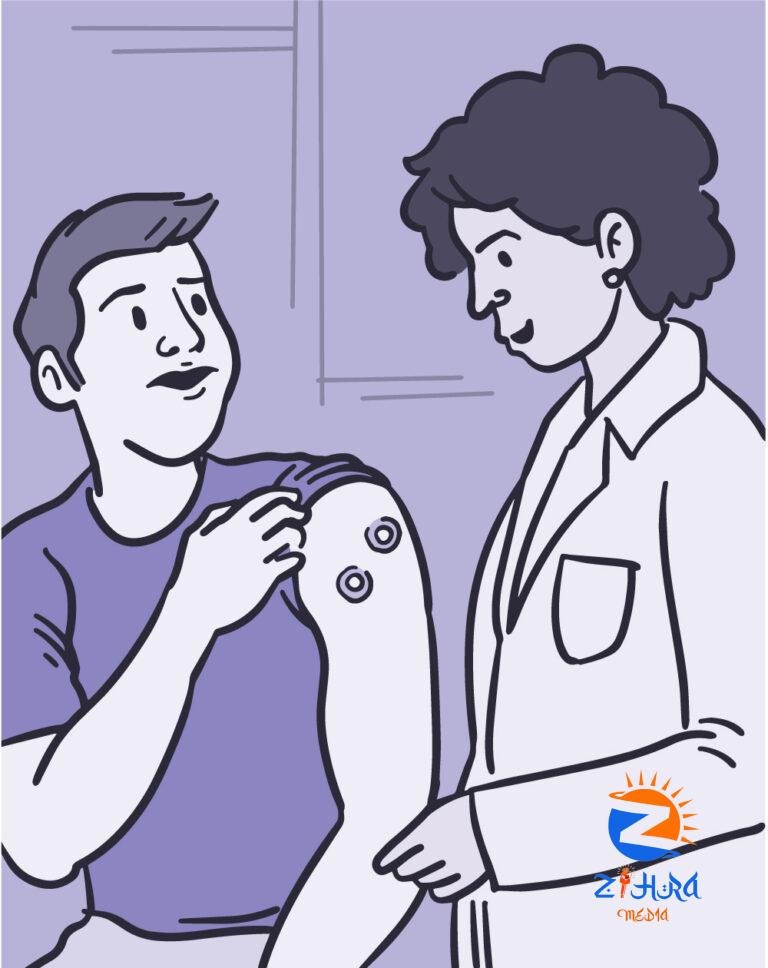
[ad_1]
Recognizing and Treating Fungal Infections
Bacteria and viruses are well-known causes of illness. But did you know that certain types of fungi can also make you sick? Most fungi are harmless to people. We even eat some, like mushrooms. But some fungi can cause skin problems, lung infections, and other diseases.
Fungi typically live in soil and on plants. But they can also thrive indoors. They can float through the air just like other germs.
“We’re breathing in fungi every day,” says Dr. David Andes, an infectious disease researcher at the University of Wisconsin, Madison.
Illnesses caused by fungi are much less common than those caused by other germs. And most are mild. Examples include skin infections like ringworm and athlete’s foot. But a few types of fungal infections can be deadly. Fungi that get into the lungs, blood, or brain are especially dangerous.
Anyone can get a fungal infection. But people who have a weakened immune systemThe body’s defenses against invading viruses, bacteria, and other microscopic threats. are at much higher risk for infections that could become serious (see the Wise Choices box).
Diagnosing a fungal infection inside the body can be tricky. “Many symptoms aren’t specific to a fungus or a virus or bacteria,” Andes explains. “So it can be very hard to tell them apart.”
Symptoms of a serious fungal infection can include a fever, cough, trouble breathing, chills, headache, chest pain, and feeling extremely tired.
If your health care provider suspects a fungal infection, they may order blood or urine tests, or images of the lungs. “But these tests can still miss a lot of fungal infections,” says Andes.
Currently, there are few antifungal drugs available to treat serious infections. “And the ones that are available tend to have a lot of side effects,” Andes explains.
This is because fungal cells are similar in many ways to human cells. “So it’s very hard to find an antifungal that’s able to kill the fungus without also hurting human cells,” he says.
NIH-funded researchers are working on developing new antifungal drugs with fewer side effects. Many types of bacteria produce compounds that naturally kill fungi.
Andes and his lab have been testing compounds made by bacteria that live in other animals. All animals have helpful bacteria living inside them. If the compounds these bacteria make don’t harm the animals they live in, they may be good starting points for creating new antifungal drugs.
Andes’ team recently found one such compound in a marine animal called a sea squirt. They’ve tested the compound, called turbinmicin, on human cells.
“So far, we’ve found that it can kill many fungi that current therapies don’t work against. And it’s not toxic to human cells,” Andes says.
Researchers are also using modern technology to understand how older antifungal drugs work, so they can be modified to be safer and more effective. For now, given the limited treatment options, it’s best to spot and treat a fungal infection as early as possible.
“If you’re being treated for a virus or bacteria and you’re not getting better, that might indicate it’s time to ‘think fungus,’” Andes says.
[ad_2]